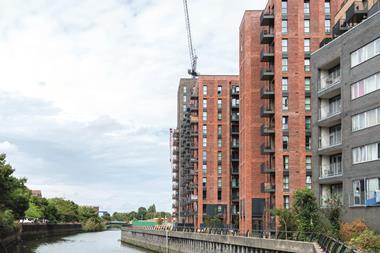With the built environment contributing 40% of the UK’s total carbon footprint, the industry must broaden its data horizons and use the Internet of Things to develop intelligent information models that enable sustainable development and better operational decisions over the building’s life cycle.

New developments have benefitted from Building Information Modelling (BIM) in design and construction but now need to progress from 3D to 7D, bringing time schedule, cost and sustainability into one model – a game-changer in accurately predicting whole-life cost and carbon reduction.
Then we need to add complementary technologies. At Plowman Craven, we are increasingly using laser scanners and sensors to gather data and ensure more accurate construction information. For refurbishment and retrofit, high-definition surveying coupled with digital twin technology can facilitate options testing against the building’s exact performance.
There is a barrier to overcome, however. The industry’s procurement approach treats BIM as an upfront cost that no party wants to cover. It needs to be viewed as an investment and a responsibility in order to reap the long-term gains for the building and the planet.
This step change might also lead to the end of the term ‘carbon neutral’. Surely everything is either carbon positive or carbon negative? Nothing stands still. Shouldn’t the aspiration be not just to minimise carbon impact but also to ‘digest’ carbon in our buildings?
We are confident the adoption of data-led approaches will accelerate significantly. New legislation via Building Regulations this June and the BEIS rating will mandate the industry to change gear significantly. Energy ratings such as NABERS UK, which focus on operational performance, will also help.
Three buildings have now been awarded design-reviewed target ratings with the most recent, Quadrum’s 11 Belgrave Road office redevelopment in London, setting a new standard, becoming the first in the country to achieve 5.5/6 stars.
It is time to leverage data to ensure sustainable, net zero assets that reduce lifetime carbon. It is both a strategic priority for real estate companies and a collective responsibility.
Daniel Black is BIM consultant at Plowman Craven






























No comments yet